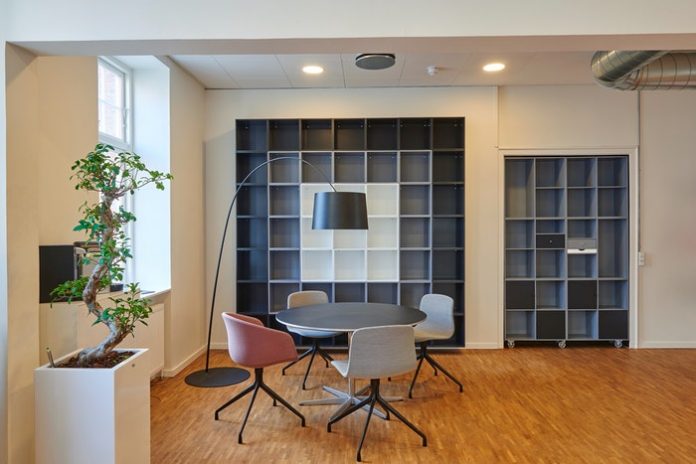The primary objective of downsizing for many businesses is to save money. But it is also a robust workforce enticer that promotes more collaboration, productivity, and effective communication of ideas among employees. Furthermore, it enables a more efficient use of space and ensures functionality around the office space. While downsizing, smaller should not mean cramped; thus, do not downplay the importance of your comfort. Proper planning is also essential to reap its full benefits. Below are a few practical ways to downsize your office.
Allow Remote Working
There are many reasons why remote working is convenient for you and your employees alike. For you, allowing your team to work from different locations, even on a rotating basis, can be the perfect way to downsize your office space. It reduces the amount of office space required, and saves you rent money while covering all your business needs. Virtualization is the first crucial step to ensure the transition is successful because employees can easily access all they need via the cloud storage systems. Although working from home has been seen to increase employees’ productivity, effective management and excellent communication are critical factors. Setting clear boundaries and consistent efforts to check up and catch up with your employees makes the transition easier for all.
Virtualize Data Centers
The virtualization of data centers involves special software and more powerful hardware that eliminate the need for physical servers and modems. Using virtual servers frees up space, reduces energy bills in the office, is more secure, and makes it easier for authorized employees to recover documents from anywhere.
Rent Co-working Spaces and Meeting Rooms
Shared and co-working spaces are a great alternative when part of your team is working from home. These working spaces are shared by numerous businesses and rented on an as-needed basis. They are leased on short-term contract terms so you can rent on a month-to-month basis or for a longer term. You also have the option to rent desks, offices, or an entire headquarter whenever you need your whole team or a few members in the office. These alternative office spaces serve multiple purposes like meetings, quick check-ins, and brainstorming duties. They are more cost-effective than traditional offices; they create conducive environments for innovation, connection, and productivity.
Change Your Desks and Devices
More often than not, office furniture and devices take up more space than is necessary. Switch from old, bulky, outdated desktop computers to smaller laptops and PCs with flat-screen monitors and compact hardware. These are both space and energy-efficient, thus saving you more money. When downsizing, look for furniture that supports multiple uses and is easily convertible. For instance, get a large table with storage that can be separated into several smaller tables or desks. It should also be lightweight and easy to move around whenever the need arises.
Switch to Paperless
With advanced technology, everything can be digitized — that includes cumbersome paperwork. Scan as many of your paper documents as possible onto servers to do away with filing cabinets and other storage units, thus clearing out more workspace. Going paperless also increases workplace efficiency and the security of documents. With these tips and careful planning, you can save space and money while bringing your team closer together. To downsize your office space effectively and enable business growth, think outside the box and incorporate modern technology.
Find a Home-Based Business to Start-Up >>> Hundreds of Business Listings.

















































